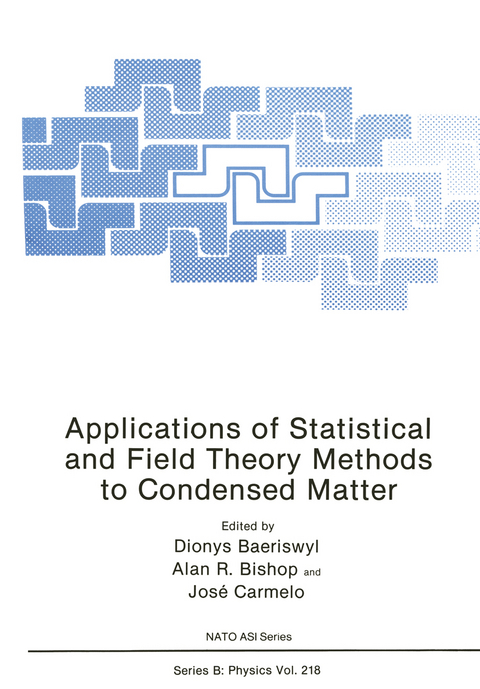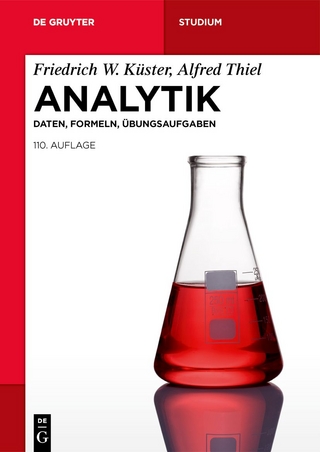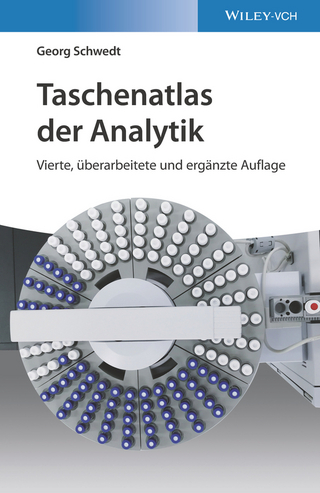
Applications of Statistical and Field Theory Methods to Condensed Matter
Springer-Verlag New York Inc.
978-1-4684-5765-0 (ISBN)
There is no doubt that we have, during the last decade, moved into a "golden age" of condensed matter science. The sequence of discoveries of novel new states of matter and their rapid assimilation into experimental and theoretical research, as well as devices, has been remarkable. To name but a few: spin glasses; incommensurate, fractal, quasicrystal structures; synthetic metals; quantum well fabrication; fractional quantum Hall effect: solid state chaos; heavy fermions; and most spectacularly high-temperature superconductivity. This rapid evolution has been marked by the need to address the reality of materials in "extreme" conditions - - disordered, nonlinear systems in reduced dimensions, restricted geometries and at mesoscopic scales, often with striking competitions between several length and frequency scales, and between strong electron-phonon and electron-electron interactions. In such new territory it is not surprising that very interdisciplinary approaches are being explored and traditional boundaries between subjects and disciplines re-defined. In theory, this is evident, for instance, in attempts: (1) to advance the state of the art for elec tronic structure calculations so as to handle strongly interacting many-body systems and delicate competitions for collective ground states (spin models or many-electron Hamiltoni ans, field theory, band structure, quantum chemistry and numerical approaches); or (2) to understand pattern formation and complex (including chaotic) dynamics in extended sys tems. This demands close involvement with applied mathematics, numerical simulations and statistical mechanics techniques.
Quantum Coherence, Tunneling and Dissipation.- Quantum Mechanics of Complex Systems I.- Quantum Mechanics of Complex Systems II.- Quantum Tunneling in Macroscopic Systems.- Ground State of a Non-Dissipative Josephson Junction.- The “Cold Fusion” Problem.- Unstable Behavior of a Superconducting Ring Containing a Josephson Junction.- Influence of the Radiation Field on the Process of Electronic Interference.- Quantum Mechanical Harmonic Chain Attached to Heat Baths.- Conformal Invariance and Phase Transitions.- Conformai Invariance — a Survey of Principles with Applications to Statistical Mechanics and Surface Physics.- A Possible Field-Theoretical Model for the Nematic-Isotropic Phase Transition in Liquid Crystals.- Lattice Unstabilities of Magnetic Origin.- Solitons, Patterns, Incommensurate Structures.- Dual Quantization of Solitons.- Variational Approach to Quantum Statistical Mechanics.- Pattern Changes in Electrodeposit of CuSO4.- Linear Dynamics of Modulated Spin Magnets.- The Stochastic ?4 Atomic Chain.- Chaos.- Chaos and Turbulence.- Disorder and Localization.- Electron Localization in Disordered Systems.- Spin Glasses and Heavy Fermions.- An Introduction to the Dynamics of Quench-Disordered Spin Systems.- Experimental Studies of Spin Glasses and Heavy Fermions: their Magnetism and Superconductivity.- Heavy Fermions: Theoretical Aspects.- Many-Body Techniques.- General Many-Body Systems.- Numerical Methods for Many-Body Problems A) Exact Diagonalization of Small Systems.- B) Quantum Monte Carlo Methods.- High-Density Expansion for Electron Systems.- Perturbative Results using the Cumulant Expansion in the Anderson Lattice.- Application of Gutziller’s Correlated Method to the Electronic Effective Mass of Degenerate N-type Silicon.- Optical Absorption inDisordered Semiconductor Systems: Application to Correlated Phosphorus-Doped Silicon.- Superconductivity.- High Tc Superconductivity: Lessons to be Learned from Neutron Scattering.- Superconducting Networks in a Magnetic Field: Exact Solution of the J2 Model.- Vortex Dynamics in Networks of Josephson Junctions.- Comparison of Effective Models for CuO2 Layers in Oxide Superconductors.- Charge- and Spin-Density Waves.- Charge-Density Waves in Quasi-one-Dimensional Systems.- Recent Developments in Charge-Density Wave Systems.- Spin-Density Waves in Organic Conductors.- Poster Contributions.- Contributors.
| Reihe/Serie | NATO Science Series: B ; 218 |
|---|---|
| Zusatzinfo | 418 p. |
| Verlagsort | New York, NY |
| Sprache | englisch |
| Maße | 178 x 254 mm |
| Themenwelt | Naturwissenschaften ► Chemie ► Analytische Chemie |
| Naturwissenschaften ► Geowissenschaften ► Mineralogie / Paläontologie | |
| Naturwissenschaften ► Physik / Astronomie ► Atom- / Kern- / Molekularphysik | |
| Naturwissenschaften ► Physik / Astronomie ► Festkörperphysik | |
| Naturwissenschaften ► Physik / Astronomie ► Thermodynamik | |
| Technik ► Maschinenbau | |
| ISBN-10 | 1-4684-5765-9 / 1468457659 |
| ISBN-13 | 978-1-4684-5765-0 / 9781468457650 |
| Zustand | Neuware |
| Informationen gemäß Produktsicherheitsverordnung (GPSR) | |
| Haben Sie eine Frage zum Produkt? |
aus dem Bereich


